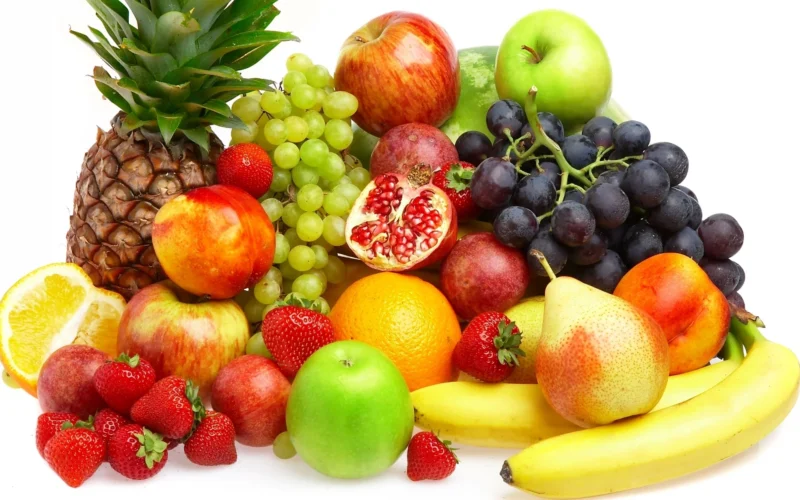Have you ever wondered why some fruits make your mouth pucker? Many fruits contain acid, which gives them their tangy taste. But not all fruits are created equal when it comes to acidity.
Citrus fruits like lemons, limes, and oranges are among the most acidic fruits, with pH levels ranging from 2 to 4 on the pH scale.
These fruits are packed with vitamin C and other antioxidants, making them great for your health despite their high acidity.
But citrus fruits aren’t the only ones with a sour kick. Berries like strawberries and blueberries also contain acid, though not as much as citrus.
Even fruits you might not expect, like pineapples and grapes, have acidic properties.
Understanding fruit acidity can help you make better choices for your diet, especially if you have certain health concerns.
Lemons

Lemons are one of the most acidic fruits you can find. They contain high levels of citric acid, which gives them their signature tart taste.
In fact, lemons have one of the highest concentrations of citric acid among all fruits.
They contain about 50 grams of citric acid per liter. This makes them incredibly sour and perfect for adding a zesty kick to your dishes.
Lemons are not only acidic but also packed with vitamin C. A single lemon can provide up to 187% of your daily vitamin C needs.
This makes them a great addition to your diet for immune support.
You can use lemons in many ways:
- Squeeze fresh lemon juice into water or tea
- Add lemon zest to baked goods
- Use lemon juice as a natural preservative
- Make homemade lemonade
Remember, while lemons are very acidic, they can actually have an alkalizing effect on your body once metabolized.
This makes them a popular choice for those following alkaline diets.
Limes
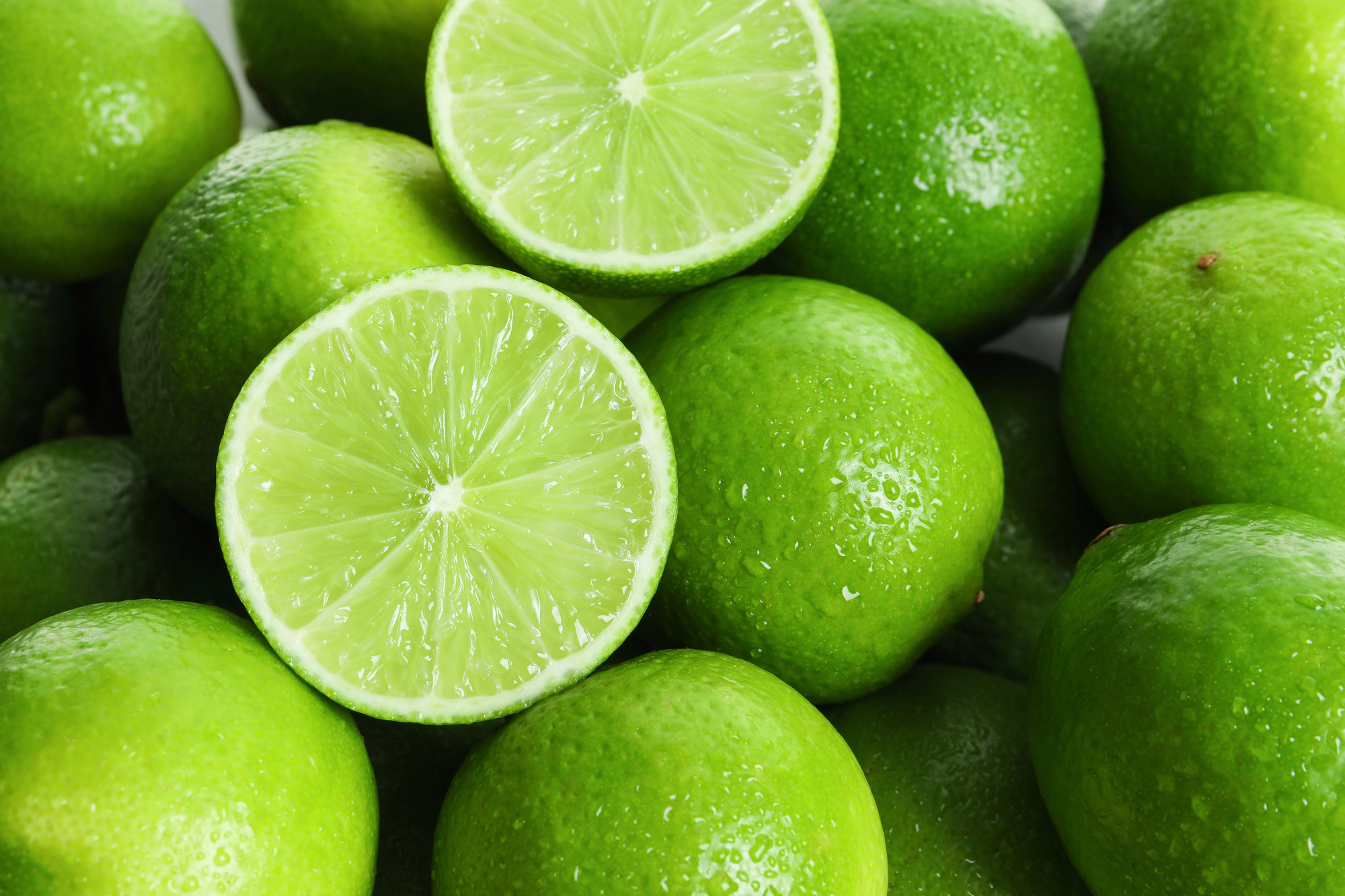
Limes are small, green citrus fruits that pack a tangy punch. You might know them best as a garnish for drinks or a key ingredient in many dishes.
These zesty fruits are high in citric acid. In fact, limes are one of the most acidic fruits you can eat. Their pH level ranges from 2 to 2.8, making them very tart.
Limes are a great source of vitamin C. Just one lime can give you about 20% of your daily needs.
They also contain small amounts of other nutrients like:
- Calcium
- Potassium
- Vitamin A
You can use limes in many ways:
- Squeeze them over fish or chicken
- Add lime juice to salad dressings
- Use zest in baking for extra flavor
- Make refreshing lime water
Lime juice contains about 48 grams of citric acid per liter. This is slightly less than lemons, but still a lot compared to other fruits.
Be careful not to overdo it with limes. The acid can wear down your tooth enamel if you eat too many.
But in moderation, limes can be a tasty and healthy addition to your diet.
Oranges

Oranges are a popular citrus fruit known for their tangy flavor. You might be surprised to learn that these juicy fruits contain several types of acids.
The main acid in oranges is citric acid. This gives oranges their characteristic tart taste.
Citric acid makes up about 0.8% to 1% of an orange’s composition.
Oranges also contain ascorbic acid, which you may know better as vitamin C.
This essential nutrient helps boost your immune system and protect your cells from damage.
Other acids found in oranges include:
- Folic acid
- Pantothenic acid
- Malic acid
- Oxalic acid
Despite their acidic content, oranges are actually less acidic than some other fruits.
They typically have a pH level between 3.0 and 4.0. When you eat an orange, you’re not just getting a dose of acids.
You’re also enjoying a fruit packed with fiber, potassium, and other vitamins. One medium orange can provide you with 50 to 70 mg of vitamin C.
Remember, different orange varieties may have slightly different acid levels.
For example, the “Pineapple” cultivar tends to have higher vitamin C content than other types.
Grapefruits
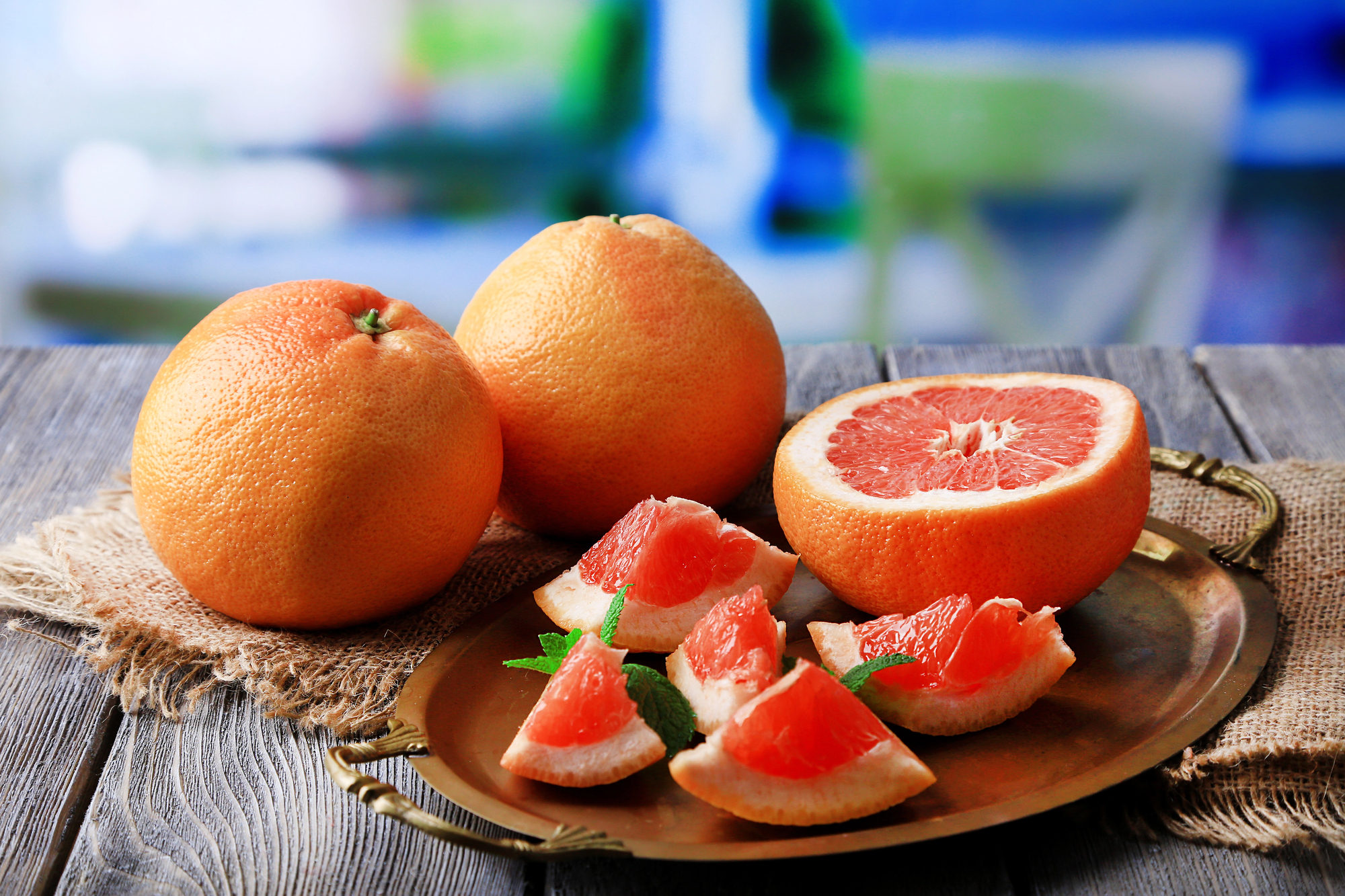
Grapefruits are known for their tangy and slightly bitter taste. This citrus fruit is high in acidity with a pH level ranging from 3.00 to 3.75.
The main acid found in grapefruits is citric acid. In fact, grapefruits contain about 1.5% to 2.5% citric acid, which is quite high compared to many other fruits.
When you eat a grapefruit, you might notice its sour taste. This is due to the citric acid content.
The acid gives grapefruits their characteristic flavor and also helps preserve the fruit.
Grapefruits are not just acidic; they’re also packed with nutrients. You’ll find them rich in vitamin C, which is great for your immune system.
Here are some quick facts about grapefruits:
- Color: Pink, red, or white flesh
- Taste: Tart and slightly sweet
- Texture: Juicy with a somewhat firm pulp
- Best eaten: Fresh or juiced
Remember, while grapefruits are acidic, they can still be part of a healthy diet.
Their high vitamin C content and other nutrients make them a valuable addition to your meals.
Pineapples

Pineapples are a tropical fruit known for their sweet and tangy flavor. You might be surprised to learn that they’re quite acidic.
Pineapples have a pH level between 3 and 4, making them one of the more acidic fruits you can eat.
The main acid found in pineapples is citric acid. This gives the fruit its characteristic tartness.
But pineapples also contain other acids like malic acid and ascorbic acid (vitamin C).
When you eat pineapple, you might notice a tingling sensation on your tongue. This is due to an enzyme called bromelain.
Bromelain can help with digestion, but it’s also responsible for that unique mouth-feel.
Interestingly, the acid content in pineapples can vary. Factors like:
- Climate
- Season
- Ripeness
These all play a role in how acidic a pineapple is. Generally, riper pineapples have a better balance of sweetness and acidity.
If you have acid reflux, you might want to be cautious with pineapples. Their high acidity can worsen symptoms for some people.
However, others find that the bromelain in pineapples actually helps their digestion.
When it comes to pineapple juice, it’s just as acidic as the fruit itself. Its pH ranges from 3.2 to 4. Keep this in mind if you’re watching your acid intake.
Strawberries

Strawberries are a popular fruit known for their bright red color and sweet taste.
You might be surprised to learn that these delicious berries are actually quite acidic.
The pH level of strawberries ranges from 3.0 to 3.9. This puts them in the moderately acidic category.
Don’t worry, though – this acidity is what gives strawberries their unique flavor!
Strawberries contain several natural acids:
- Citric acid
- Malic acid
- Ascorbic acid (Vitamin C)
These acids contribute to the fruit’s tartness and help keep it fresh.
The sweetness you taste in strawberries often balances out their acidity, making them enjoyable to eat.
Did you know that strawberries are considered a low-acid food? This means they’re generally safe for most people to eat, even those with acid reflux.
When you eat strawberries, you’re not just enjoying a tasty treat. You’re also getting a good dose of vitamin C, fiber, and antioxidants.
These nutrients can help boost your immune system and support overall health.
Remember, fresh strawberries are more acidic than cooked ones. If you’re sensitive to acidic foods, you might prefer them in jams or baked goods.
Raspberries
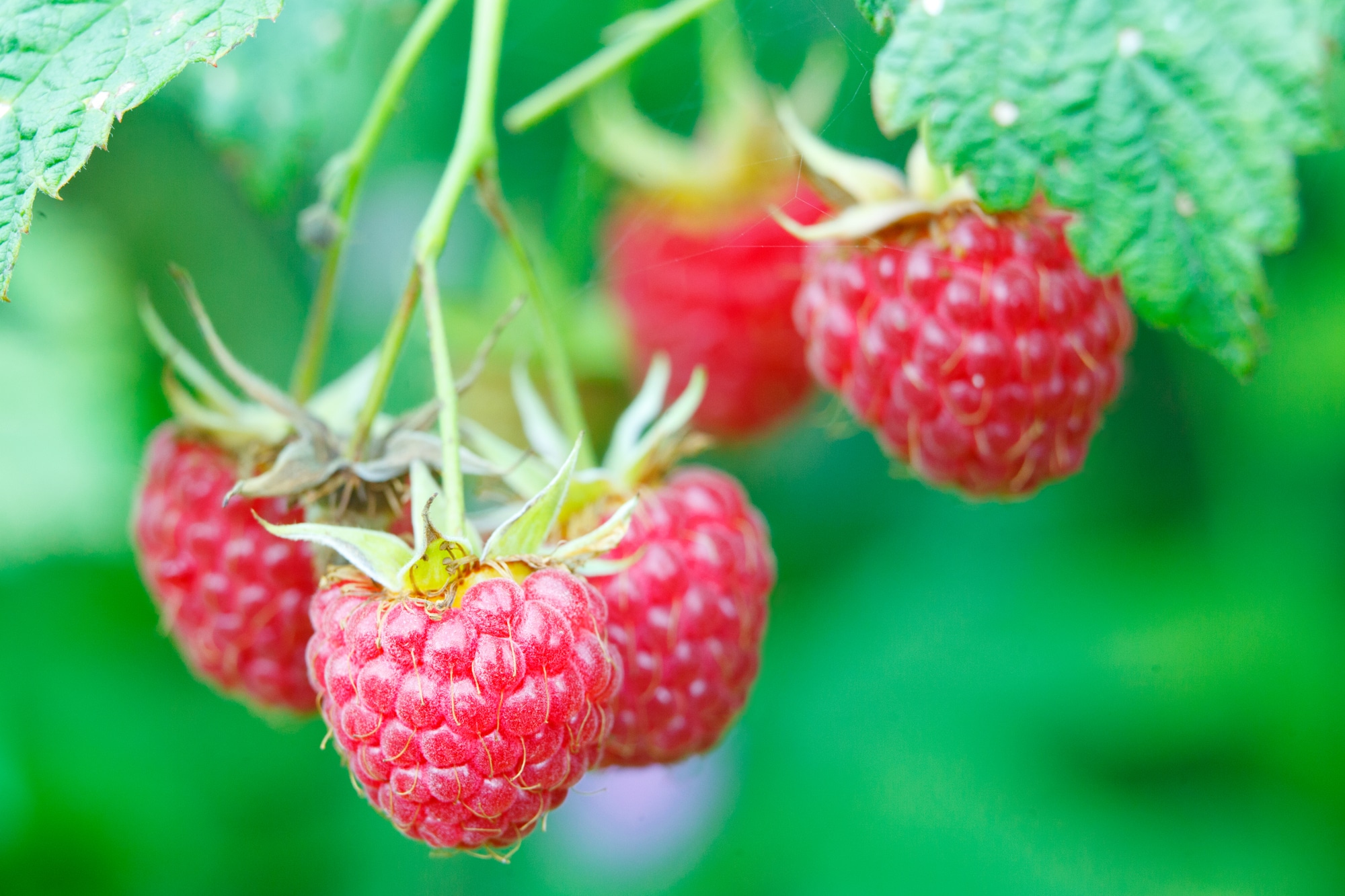
Raspberries are a tasty fruit that packs a punch when it comes to acid content.
These little berries are mildly acidic, with a pH level between 3.2 and 3.6.
When you bite into a raspberry, you might notice a slight tang. This comes from the various acids present in the fruit. Raspberries contain:
- Ascorbic acid (Vitamin C)
- Phenolic acid
- Ellagic acid
Despite their acidity, raspberries are a great addition to your diet. They’re packed with nutrients and antioxidants that can benefit your health.
You might wonder how raspberries compare to other fruits in terms of acidity.
While they’re not as acidic as lemons or limes, they do have a lower pH than many other berries.
Here’s a quick comparison:
| Fruit | pH Level |
|---|---|
| Raspberries | 3.2 – 3.6 |
| Strawberries | 3.0 – 3.5 |
| Blueberries | 3.1 – 3.3 |
The acidity in raspberries contributes to their unique flavor profile. It’s what gives them that perfect balance of sweet and tart that many people love.
When you’re cooking or baking with raspberries, their acidity can be a plus.
It helps to brighten flavors in desserts and can add a nice contrast to sweeter ingredients.
Blackberries

Blackberries are a tasty fruit that you might enjoy eating. They have a deep purple color and a sweet-tart flavor.
These berries contain several types of acids. The main ones are:
- Malic acid
- Citric acid
- Shikimic acid
- Ascorbic acid (vitamin C)
Citric acid is present in blackberries, though in smaller amounts than malic acid. This gives them their slightly tart taste.
Blackberries are considered an acidic fruit. Their pH level is usually between 3.0 and 4.5. Remember, the lower the pH, the more acidic a food is.
You can enjoy blackberries in many forms. Fresh, frozen, or canned blackberries are all acidic options. Blackberry juice, jam, and syrup also fall into the acidic category.
If you have acid reflux, you may want to be careful with blackberries. Their acidity could trigger symptoms in some people.
Blackberries are packed with nutrients despite their acidity. They’re high in fiber and vitamin C, which are good for your health.
Cherries

Cherries are a tasty fruit that contains acid. They have a pH level between 3.2 and 4.5, making them acidic.
This puts them in a similar range to apples. While cherries do contain citric acid, it’s not their main acid.
The primary acid in cherries is malic acid. It makes up about 75% of the total acid content.
Here’s a breakdown of acids found in cherries:
- Malic acid (main acid)
- Citric acid
- Quinic acid
- Phosphoric acid
- Chlorogenic acid
Despite being acidic, cherries are not as tart as lemons or limes. Their sweetness helps balance out the acidity, making them enjoyable to eat.
You might wonder if cherries can cause acid reflux. While they are acidic, many people can eat them without issues.
However, if you have sensitive digestion, you may want to eat them in moderation.
Cherries offer health benefits, too. They’re packed with vitamins, minerals, and antioxidants. These nutrients can help support your overall health.
Apples

Apples are a popular fruit that contain acid. You might be surprised to learn that apples have a pH between 3 and 4, making them acidic.
The main acids found in apples are malic acid and ascorbic acid. Malic acid gives apples their tart taste. Ascorbic acid is another name for vitamin C.
When you bite into an apple, you’re tasting these acids. The amount of acid can vary depending on the type of apple. Some varieties are more tart than others.
Here’s a quick breakdown of apple acidity:
- Granny Smith: Very tart
- Honeycrisp: Moderately tart
- Red Delicious: Less tart
Despite their acidity, apples can be good for you. They contain fiber and polyphenols that may help your digestive health.
As apples ripen, their acid levels decrease. This means a ripe apple will be less acidic than an unripe one.
You can enjoy apples in many ways. Eat them fresh, bake them in pies, or drink apple juice.
Just remember, the acidity level may change based on how you prepare them.
Peaches
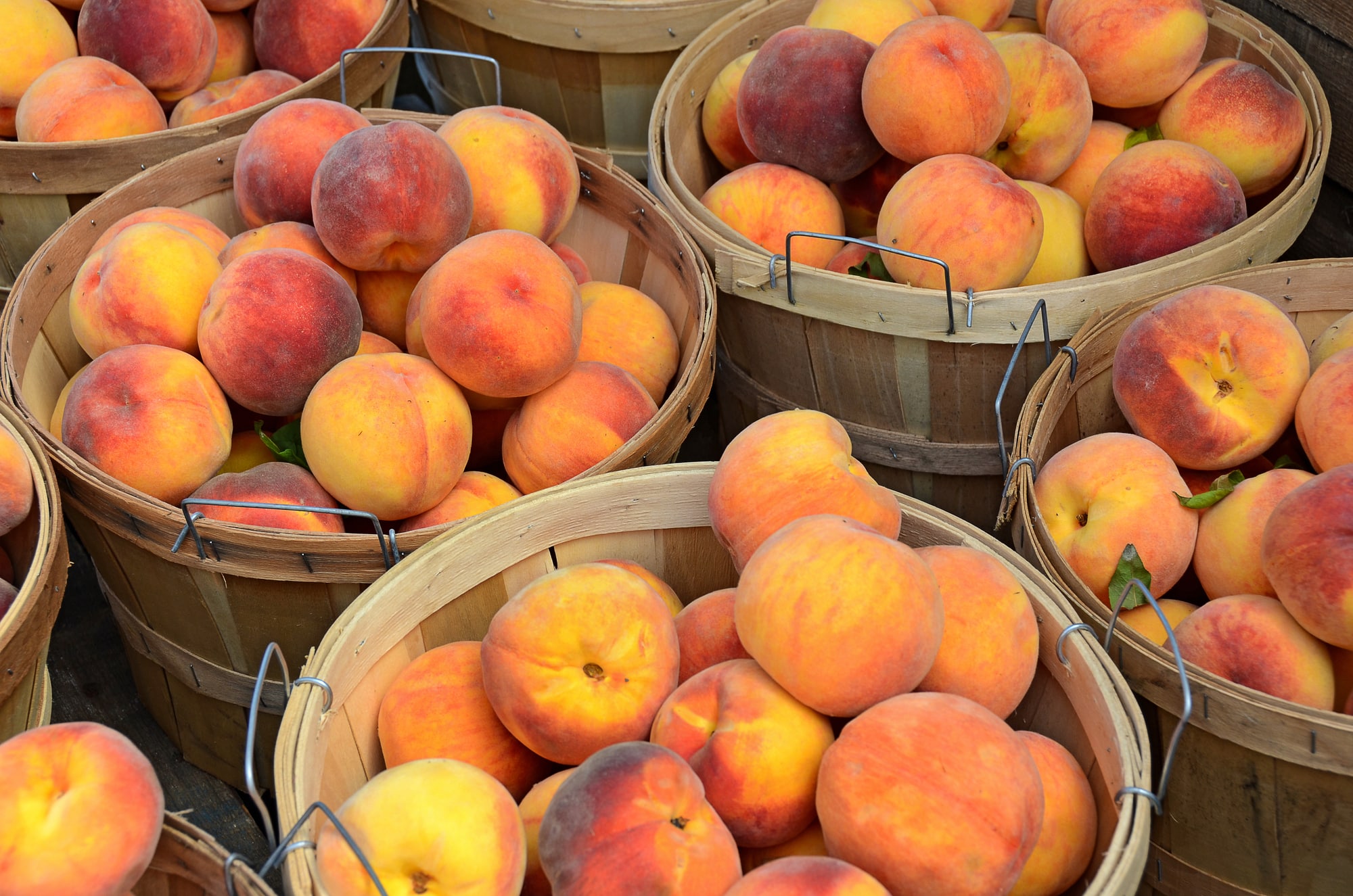
Peaches are a delicious summer fruit with a sweet and slightly tart flavor.
You might be surprised to learn that peaches are mildly acidic, with a pH level typically ranging from 3.3 to 4.0.
Despite their acidity, peaches are generally well-tolerated by most people. They’re packed with nutrients and offer several health benefits.
Here are some key facts about peaches:
- Rich in vitamins A and C
- Good source of fiber
- Low in calories
- Contains antioxidants
When choosing peaches, look for ones that are slightly soft to the touch and have a sweet aroma. Avoid any with bruises or blemishes.
You can enjoy peaches in many ways:
- Eat them fresh as a snack
- Add slices to your morning cereal or yogurt
- Use them in baking for pies or cobblers
- Grill them for a unique summer treat
If you have acid reflux or sensitive teeth, you might want to eat peaches in moderation.
Their mild acidity could potentially cause discomfort for some people.
Remember to wash your peaches thoroughly before eating to remove any dirt or pesticide residues.
With their juicy texture and sweet-tart flavor, peaches are a fantastic addition to your summer fruit lineup.
Plums

Plums are a tasty fruit that you might enjoy eating. They have a sweet and tart flavor that many people like. Plums come in different colors, including purple, red, and yellow.
When it comes to acidity, plums are moderately acidic. Their pH level usually falls between 2.8 and 3.4.
This means plums are more acidic than bananas but less acidic than lemons.
You can eat plums fresh or use them in cooking. Here are some ways to enjoy plums:
- Eat them as a snack
- Add sliced plums to salads
- Make plum jam or jelly
- Bake plums in pies or tarts
Plums are good for you, too. They have vitamins and minerals that your body needs. You’ll find vitamin C, vitamin K, and potassium in plums.
If you have acid reflux, you might want to be careful with plums. Their acidity could bother your stomach.
But for most people, plums are a healthy fruit to add to your diet.
When you buy plums, look for ones that are firm but give a little when you squeeze them.
This means they’re ripe and ready to eat. You can store ripe plums in your fridge to keep them fresh longer.
Kiwis
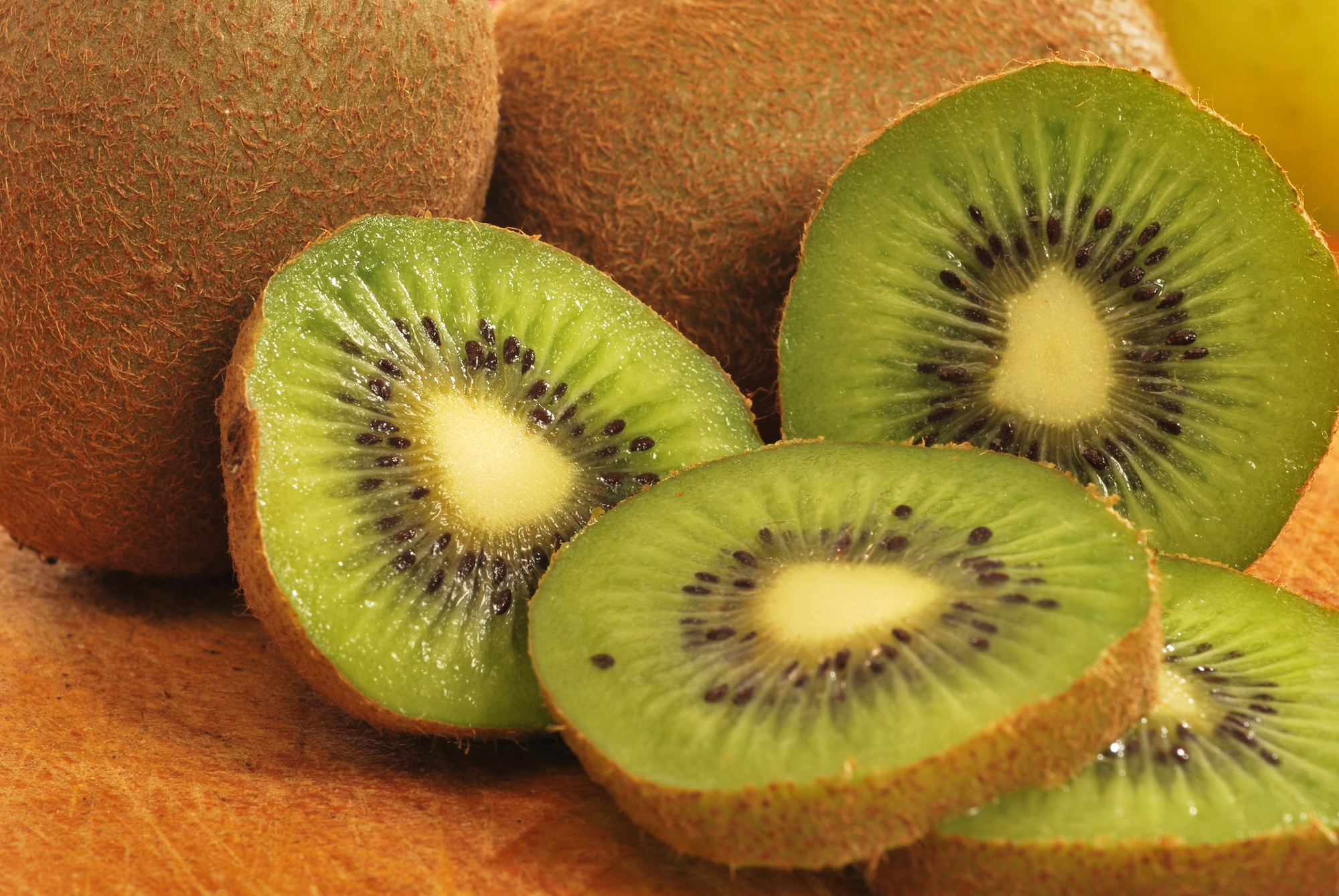
Kiwis are a tasty fruit that you might enjoy, but did you know they’re acidic? These fuzzy little fruits have a pH level between 3.1 and 3.5, which puts them firmly in the acidic category.
The acidity in kiwis comes from several sources. They contain:
- Citric acid
- Malic acid
- Quinic acid
These acids give kiwis their tangy flavor that you might love. But don’t worry – acids only make up about 1-3% of a kiwi’s total weight.
You might wonder how kiwis compare to other fruits in terms of acidity. While they’re not the most acidic fruit out there, they’re still pretty tart.
Citrus fruits like lemons and limes tend to be more acidic than kiwis.
If you have acid reflux or a sensitive stomach, you might want to be careful with kiwis. Their acidity could cause discomfort for some people.
But it’s not all bad news! Kiwis are packed with nutrients. They’re rich in vitamin C, fiber, and antioxidants.
So, while they’re acidic, they can still be part of a healthy diet for many people.
Tamarind
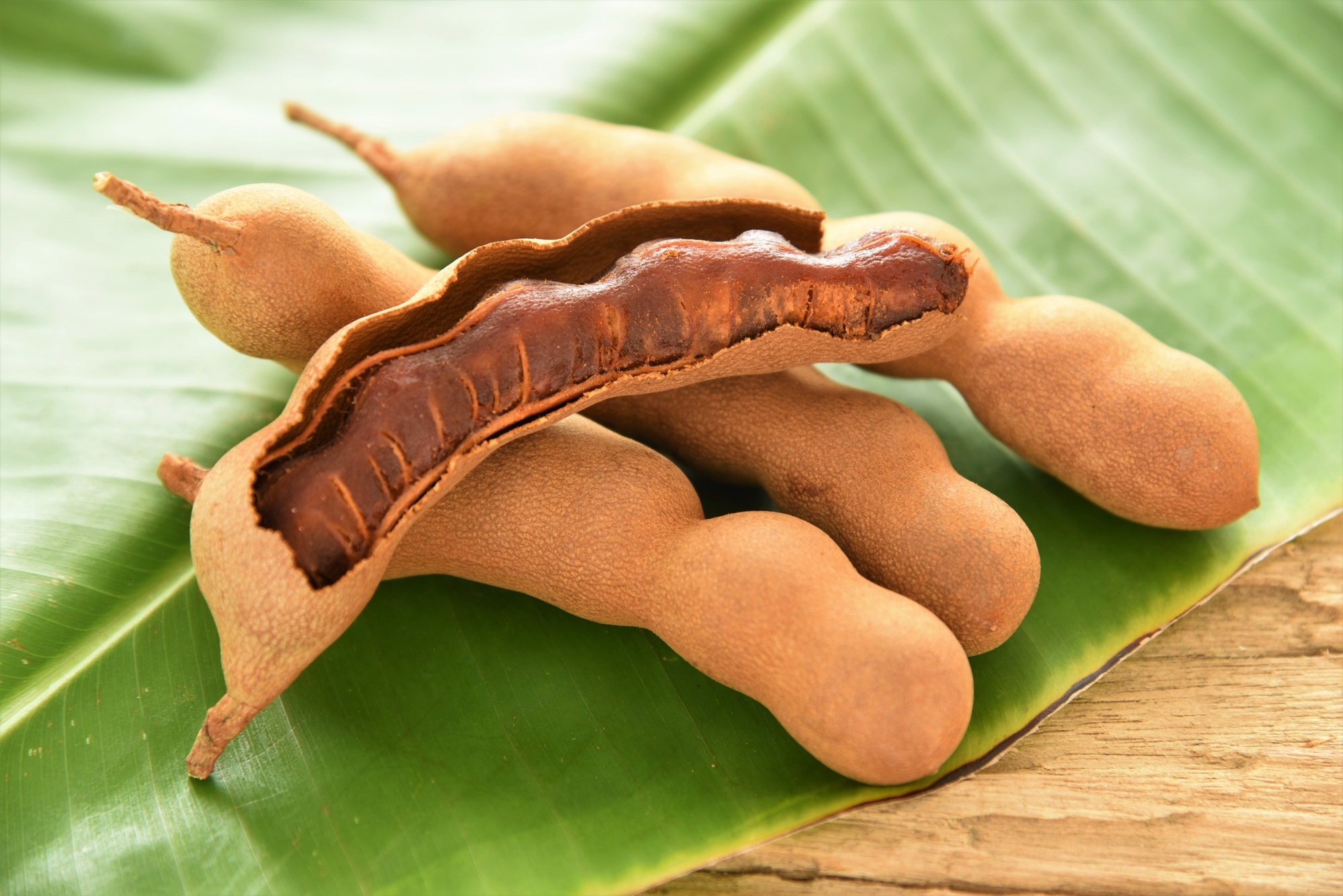
Tamarind is a unique fruit that packs a tart punch. You’ll find it grows in bean-like pods on trees in tropical areas.
When ripe, tamarind has a sweet and sour taste. This flavor comes from the acids it contains.
Tamarind is rich in several acids:
- Tartaric acid
- Citric acid
- Malic acid
These acids give tamarind its distinctive flavor and also offer health perks.
You can use tamarind in many ways. It’s great in sauces, chutneys, and drinks. Some people even use it as a natural metal polisher due to its acid content.
Tamarind isn’t just tasty—it’s good for you, too. It contains fiber, vitamins, and minerals, which may help your digestion and boost your immune system.
When you eat tamarind, you get a dose of antioxidants. These can protect your cells from damage.
Try adding tamarind to your diet for a zingy flavor boost. You can find it fresh, as a paste, or in sauces at many grocery stores.
Cranberries

Cranberries are small, tart fruits that pack a punch when it comes to acidity.
These bright red berries have a pH level of around 2.3-2.5, making them quite acidic.
The acidity in cranberries comes from various organic acids. These include citric acid, malic acid, and quinic acid.
These acids give cranberries their distinctive tart flavor that you might recognize in cranberry juice or sauce.
Cranberries are not just about acidity, though. They’re also rich in nutrients. In a cup of raw cranberries, you’ll find:
- 46 calories
- 87% water
- 4 grams of fiber
- Vitamin C
The acidity in cranberries serves a purpose beyond flavor. It helps preserve the fruit and gives it antimicrobial properties.
This is why cranberry juice is often recommended for urinary tract health.
When you eat cranberries regularly, you might notice some benefits for your oral health.
The fruit contains polyphenols that can inhibit bacteria, causing tooth decay. Plus, the vitamin C helps maintain healthy gums and teeth.
Despite their acidity, cranberries can be a healthy addition to your diet.
You can enjoy them fresh, dried, or in juice form. Just be mindful of added sugars in processed cranberry products.




